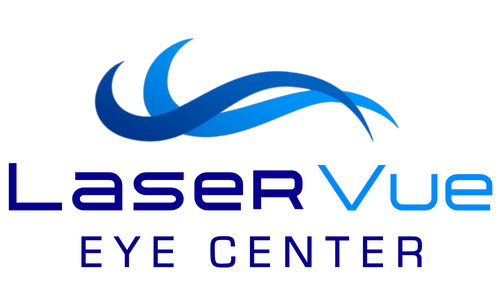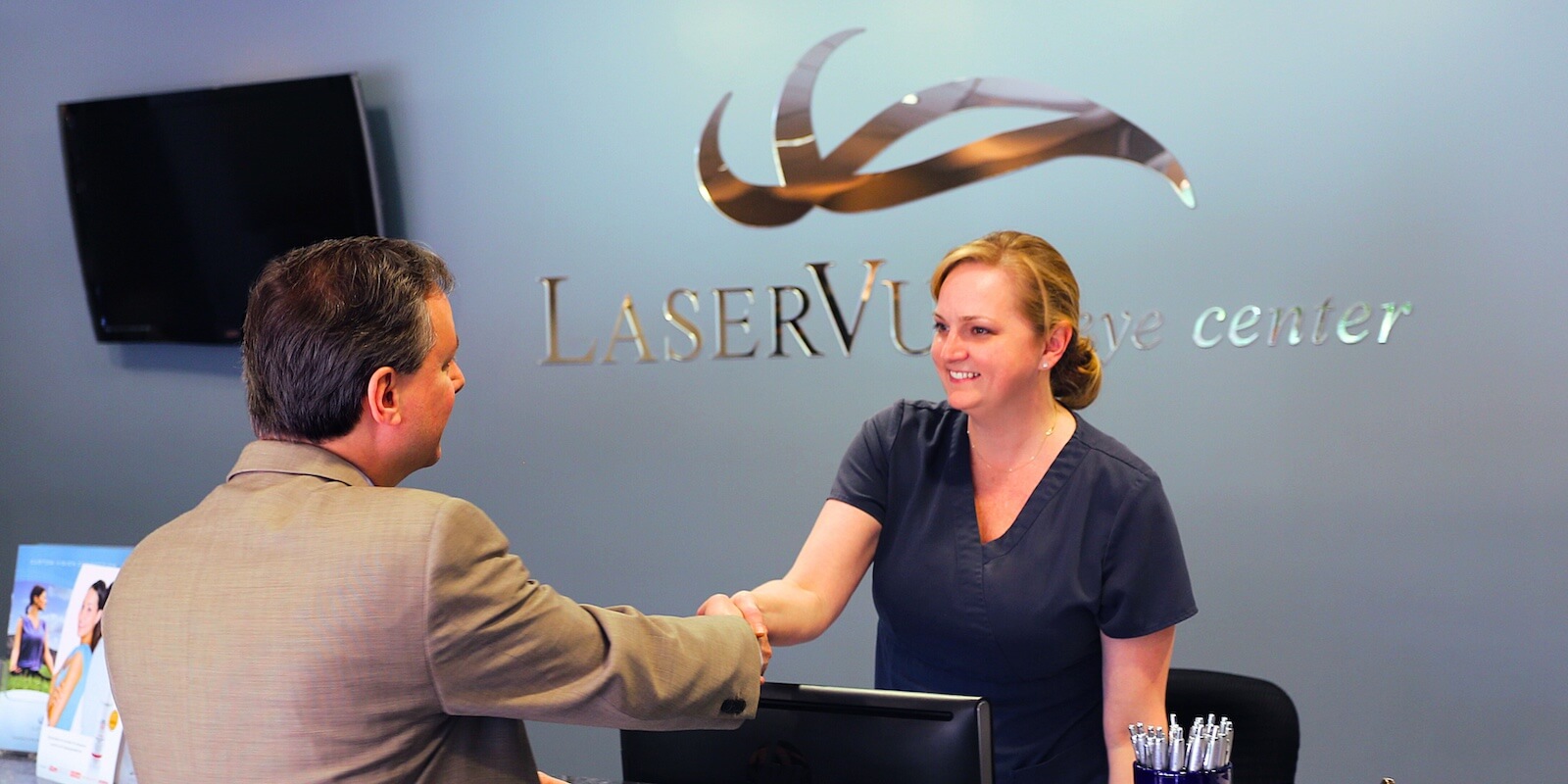Posted by: LaserVue LASIK & Cataract Center in LASIK,Technology

Recently, we had a LASIK patient in our LASIK facility who was over 50 and suffering from hypermetropia (also called hyperopia or far-sightedness) as well as presbyopia (the inability to see near objects due to aging). This patient was confused about the difference between hyperopia, far-sightedness, and presbyopia. This confusion is very common and I even had an optician ask for me to explain the difference to her as well so even professional eye care workers can struggle with these terms.
Hyperopia occurs when the eye focuses naturally behind the retina due to a flatter than normal cornea or a shorter than normal eye (or both). When the individual is young, he or she can accommodate (move the focus forward onto the retina by using the ciliary muscle) to make the image clear. As a person grows older, the ability to accommodate diminishes and the individual will see worse up close and eventually worse at a distance as well (the rate of this change depends on the magnitude of the prescription). LASIK laser vision correction can effectively treat hyperopia.
Presbyopia is caused by the loss of focusing power with age. An individual with presbyopia might have good distance vision but unable to read up close. LASIK can help some people through a process known as monovision. One eye is focused at distance to see clearly. The other eye is focused at a closer distance for reading and computer work. For most people they adapt to this condition can their brain naturally chooses to see through the clearer eye. Normally our brain takes the image of the world that we see with both eyes and filters it to provide us with an accurate visual assessment of the world. With monovision, our brain does the same thing, it takes the images of the two eyes and filters them to provide the best vision at both distance and near.
The LASIK patient is now very happy with the vision obtained, which allows her to see adequately at both near and far without having to wear glasses. The vision is not perfect but it is much better than it was before and most importantly, she is glad that she chose to have LASIK eye surgery.
